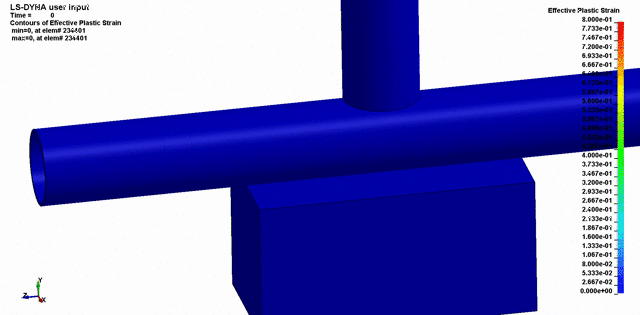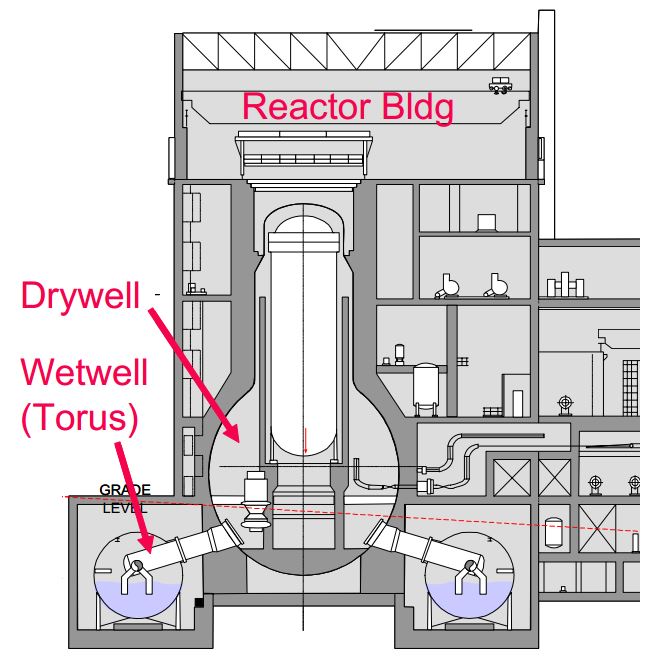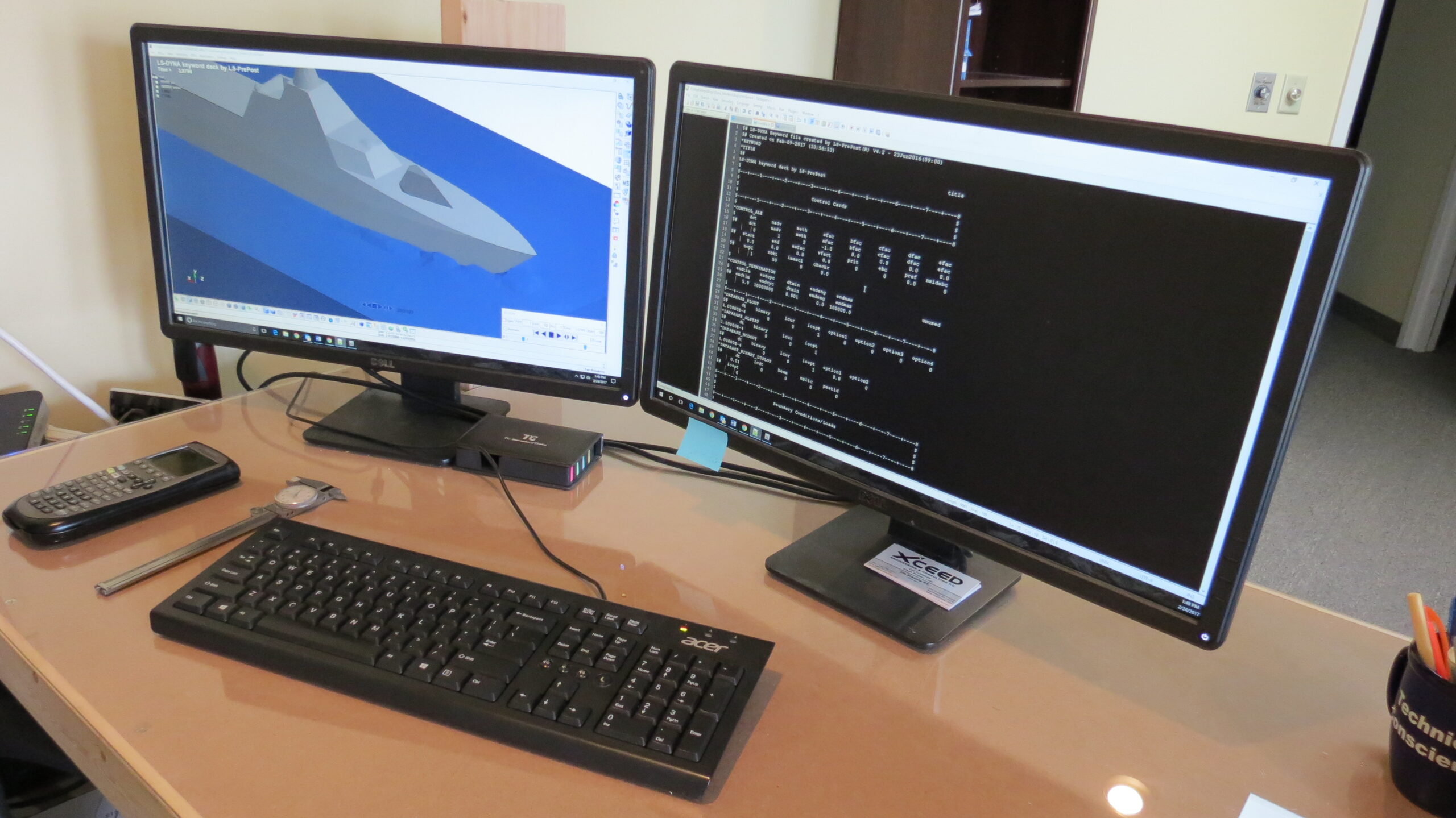
Design is where science meets art. Many people think of engineering design as math and science, but really, the design is where the solution takes shape. Math and science are merely used to back up the design. The problem is that too many people blow right through the design to work on math and science part.
We’re engineers, and we understand; it’s hard to resist jumping into the fun stuff. After all, that’s what we’re paid to do right?
The problem is that not spending enough effort up-front is one of the biggest contributors to high project cost and long schedule durations.
Also, notice I said effort, not time. It’s our experience that the more effort spent in the up-front design phase actually reduces project schedule, because the design becomes more efficient.
So, when do you move on from conceptual design to implementation?
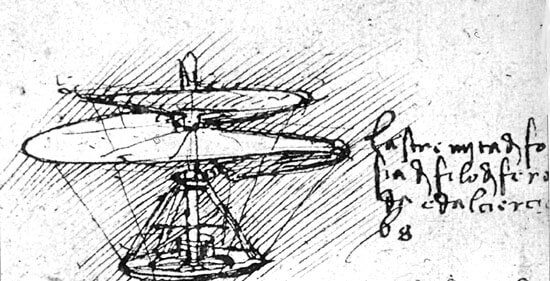
Since design is as much art as science, it can be hard to tell when to move on. It’s quite simple. Move on when your design meets these criteria:
Meets Stakeholder Requirements
Within budget
Alternatives have been fully evaluated
When you follow a process like we do at XCEED, it’s abundantly clear when to move on with a proposed design. Let’s look at each of these individually.
Stakeholder Requirements and the Matrix
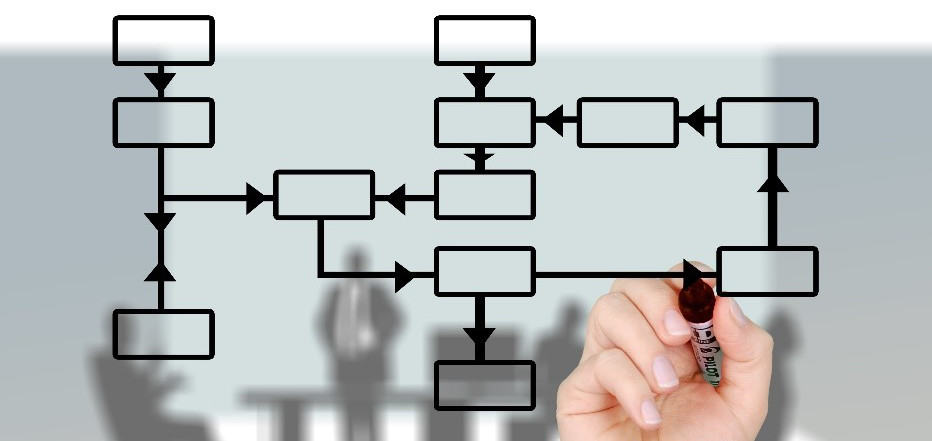
Every project should have a requirements matrix.
Every. Project.
This is a tool that helps project managers keep track of requirements, and where they come from.
The matrix clears the muddy waters. It separates the actual requirements from the nice to haves, and it outlines how the project will meet those requirements.
The most important part of the compliance matrix is stakeholder buy-in. Your stakeholders need to SIGN the compliance matrix to show that the project meets their requirements.
When someone is asked to sign something, it triggers an emotional response, and it causes people to think harder about what it is that they’re signing. That’s exactly what you want your stakeholders to do, so you should kindly be asking for their signatures.
If you’ve never put a compliance matrix together, or you’d like some help, let us know. We’d be happy to go over the process with you, and we can even share some templates people have found useful.
Budget

This is straightforward. If the project has a budget, and the design estimate is within the budget (including risk), then you can move on.
If the project isn’t budgeted, you can get into an infinite loop. The only way to get out of the loop is be to evaluate the estimates for your alternatives, and figure out if you’re getting the best value.
Alternatives
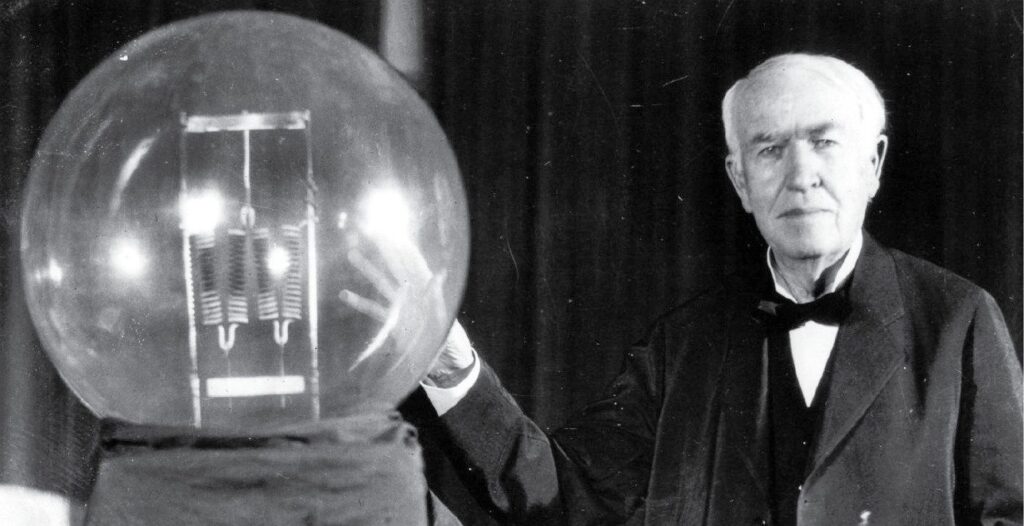
We see it all the time. It’s almost like sometimes the alternates are treated as something that needs to be filled out on a form, and their importance only goes that far. The alternatives evaluation is one of the most important parts of your project! This is where we’ve been able to save plants the most money and cut schedule – thoroughly evaluating alternatives.
Your organization should be looking at alternatives closely. Ask for input from outside. We would be happy to help your team look at alternatives, many times free of charge. Just send us a message, or give us a call.
What role does an engineering firm play in this?

If you hire an engineering firm, they should be heavily involved from day 1 whether they’re running the project, or just giving you engineering outputs. Here’s why.
The design engineer needs to know the requirements so they can distill them down to their basic form. Here’s an example.
When given a requirement that looks like this:
“The system needs to remove decay heat for 24 hours based on the PRA model”
The engineer should be asking questions like:
- Why does the system need to remove heat for 24 hours?
- Is something else available to remove this decay heat?
- What change (i.e. change analysis) caused this need?
- What are the parameters of the PRA model?
And obviously, these questions lead to other questions. When we’ve had the opportunity to work on a project from the start, these are the types of questions we ask.
Knowing the stakeholder requirements allows the engineer to help your team develop and evaluate alternatives. This is where we’re able to save you money and reduce your project schedule.
If you’d like more on how we can help you and your team optimize the design of your project, let us know.
Experience
Below are some of the recent design projects our team has worked on.
- Explicit FEA software is a powerful tool to model dynamic structures and transient loading. They are, time-consuming and difficult to troubleshoot. Often, FEA engineers apply simplifications to reduce model size computational expense. It’s essential that these simplifications applied to produce accurate results. A common error is reducing the model size and scope and forgetting […]
- We've looked at dozens of top performers in the engineering field, and gathered these top 5 tips for becoming a successful engineer.
- Explosive hazards are prevalent in many industries. The source of these explosions can be accidental or malevolent. Regardless, site personnel need protection from these hazards. Blast-resistant buildings shield workers and critical assets from blast effects. In this post, we highlight Finite Element Analysis, and its application in the design of Blast Resistant Buildings. In this post we'll cover: Basic blast loading design concepts, differences between hand calculations and FEA, and blast analysis using FEA
- Evaluating Tornado Missiles for RIS 2015-06? We’re going to help make it a little more intuitive. Tornado strikes might not be as bad as you once thought.
- If you’re somewhat new to CFD, you might be asking yourself why there are so many turbulence models. The answer lies at the heart of what CFD software does. It solves the Navier-Stokes Equation as well as the energy and mass conservation. When solving these equations, Prandtl realized that no direct mathematical solution existed for turbulent flow. This has been coined as the turbulence closure problem because the equations can’t be closed for turbulent flow.
- Most structures and their loads are symmetric. In these cases it's possible to take advantage of symmetry to simplify your Finite Element Analysis and reduce run time. In this blog we'll: Discuss benefits of using symmetry in FEA, provide a primer in symmetry theory, and Work through a FEA case study using symmetry.
- Looking for a quick way to find if something will survive a tornado missile strike? Try these calculators for either concrete or steel.
- In last week's blog, we discussed the science behind bolted connections. Specifically their response when subjected to a combined external load and preload. In this blog we'll work through the application of bolted joint science in a finite element analysis. We will: Provide an introduction to FEA modeling of pre-loaded bolted joints, discuss some common troubleshooting techniques, establish methods to validate results of the FEA model and highlight differences between bolted joint science and real-world application.
- You can see them just about everywhere you look. From massive structural steel joints that make up the Golden Gate Bridge to the intricate inner workings of an antique swiss watch, bolted connections dominate our world. Let's take a closer look at the actual science behind the bolted connection.
- Process systems are getting more and more complex, and operators are demanding increased reliability. The increased complexity and reliability needs have to be balanced by budget constraints. In this blog, we go over some of the benefits of using skid systems for your applications.
- Engineering doesn’t just take place at your desk anymore. Whether it’s in meetings, in the field, or on the road, you have work to do. That’s why we’ve listed the top 5 apps for that engineers should have.
- Sometimes the hardest part of a project is answering the question “What is it?” and the immediate follow-up “What is the governing code?” The governing code and its requirements can have a big impact on project cost and project success.













